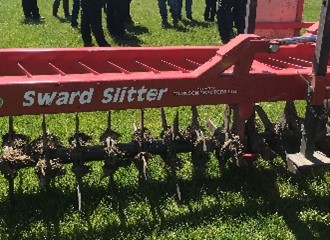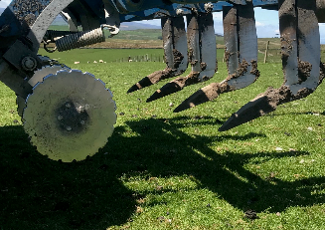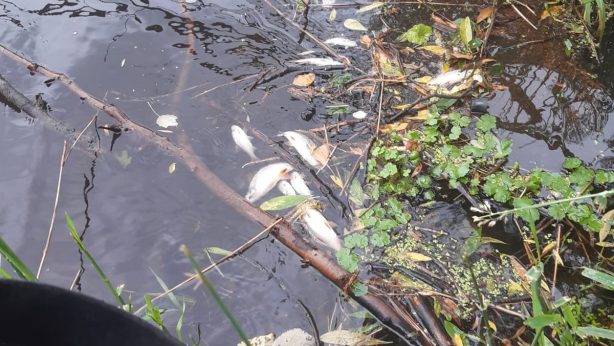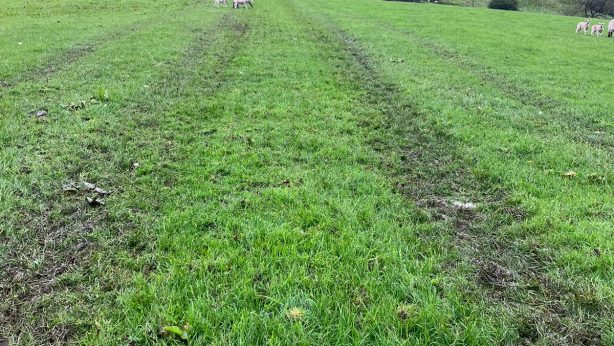Aeration
By Iain McDonell, Yorkshire Agriculture Senior Executive Officer, Environment Agency
What does it do?
Aeration allows air to get to the grass roots and soil, helps root development, helps alleviate compaction, improves drainage and helps reduce slurry and fertiliser runoff. It improves microbial activity and helps nutrient and crop debris breakdown.
What it achieves/benefits?
Aerated soil tend to be warmer than none aerated soils so making better use of fertilisers. Aeration can boost grass production as nutrients can be absorbed into the soil preventing running off. Heavily compacted soils can see an increase in fertiliser run off by at least 50%.
When would you do it?
Timing of aeration is critical. Use a spade and where the spade first meets resistance that’s compaction. Then look for changes in soil structure. The ground needs to be dry enough to avoid tractor compaction whilst having enough moisture to allow the aerator spikes to penetrate. Spring and autumn are the ideal time, ideally pre slurry or fertiliser spreading. Machine types that help take out soil compaction are;
- soil aerators or pasture slitters can be used for surface compaction down to 15 cm.
- sward lifters and subsoilers these are for compaction between 0 and 40 cm.
When should you not do it?
Do not aerate in overly wet or dry ground conditions. Saturated soils will ‘smear’ the sides of the slit reducing the amount of air entering into the silt. In very dry conditions the soil can open up and crack and may cause excessive drying.
Best way to use a soil aerator:
- Work is widths wider than the wheelings of the tractor
- To get the best slot penetration the slitters should be sharp and narrow
- Adjust aerator depth if the aerator starts to lift or tear the soil
- Add weight if necessary effective slitting or penetration
- Speed should be no high than 5mph

Best way to use a sward lifter/subsoiler:
- Check that soil heave or lift is uniform across the surface (sward lifter)
- Avoid use in stony /rocky ground
- Only go as deep as is necessary, 3cm blow the compaction layer – to loosen the compaction
- Ensure that the soil is dry enough to loosen the compact layer (subsoiler)
- Aim is to crack the soil layer and not cultivate the soil – more compaction (subsoiler)



